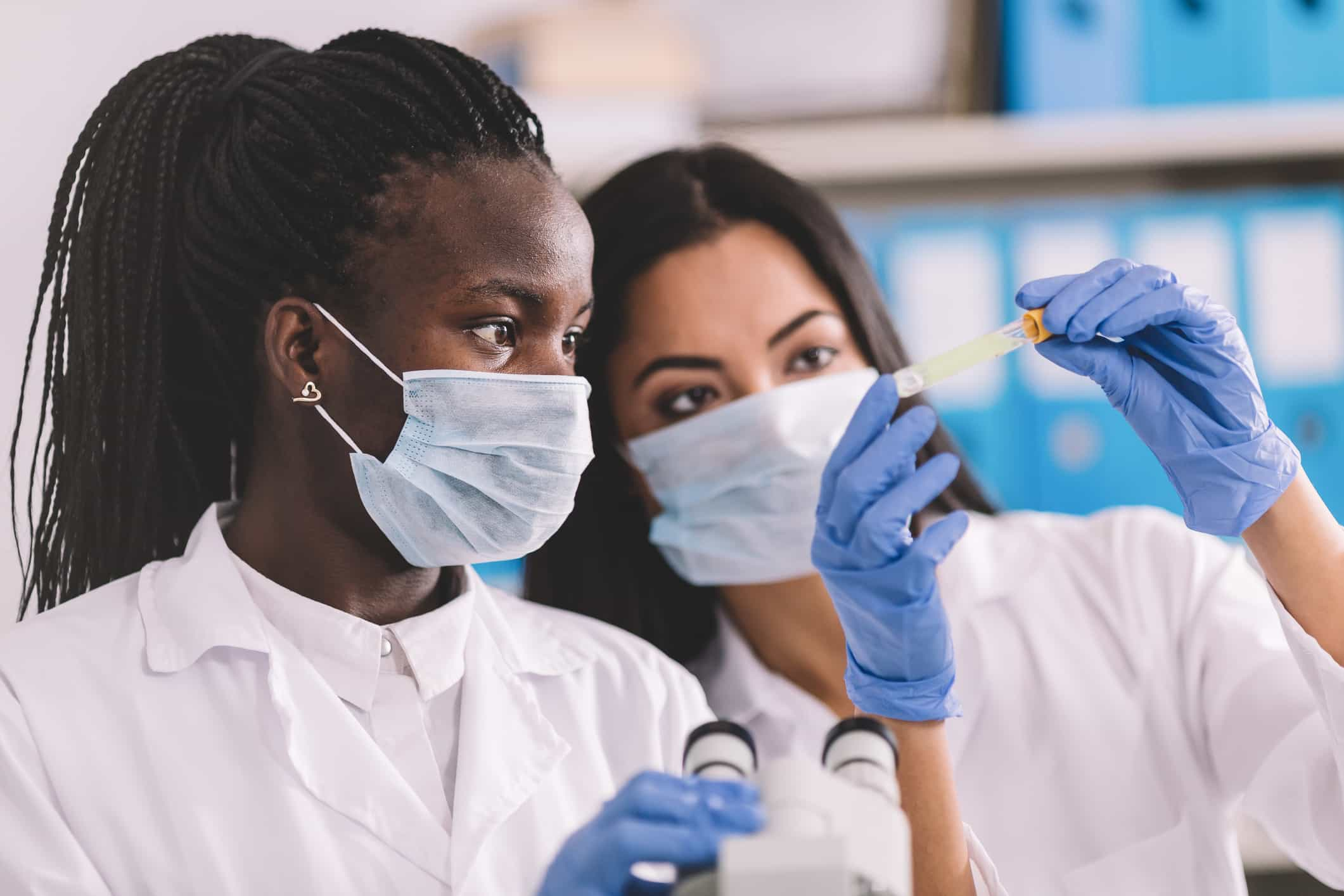
Written by
Drew Gieseke
Drew Gieseke is an aPHR®-certified marketing professional who writes about HR, compliance, and healthcare solutions.
COVID-19: Five CDC-Approved Testing Strategies for Workplaces

Workplaces continue to reopen during coronavirus. Now, employers are tasked not only with resuming normal operations but also with keeping employees safe from potential COVID-19 outbreaks. To help organizations around the country, the Centers for Disease Control and Prevention (CDC) recently weighed in on the appropriate use of testing with five different scenarios for non-healthcare workplaces. Here’s what you need to know.
COVID-19 Rules and Regulations for Employers
As the pandemic has progressed—and as government agencies continue to learn how the coronavirus works—the CDC has issued more and more employer guidelines to promote public health and prevent community spread. From understanding the limits behind prohibiting employee travel to what employers should do if an employee tests positive for COVID-19, the constant deluge of information can be difficult for any workplace to handle.
Yet while researchers are still learning everything they can about COVID-19, it’s clear that testing factors heavily into protecting the population. With this in mind, recent CDC guidelines cover best practices for testing in the workplace as offices reopen around the country.
Five CDC-Approved Testing Scenarios for Workplaces
In early July 2020, the CDC released five workplace testing scenarios that use the most current knowledge available to protect against coronavirus transmission:
- Testing individuals with signs or symptoms consistent with COVID-19: The CDC says that employers may continue to conduct daily screenings for employees before they enter a facility, including symptom and temperature checks. If a worker reports or shows signs of COVID-19 symptoms, they should be immediately separated from the work environment.
- Testing asymptomatic individuals with recent known or suspected exposure to SARS-CoV-2 to control transmission: If a local health department receives a positive test result, it may contact an employer to identify close contacts and other individuals who may be at risk. The CDC encourages employers to work with public health departments in these contact tracing efforts, as well as expand testing in high-density critical infrastructure workplaces, workplaces with at-risk populations (like nursing homes), and workplaces where employees cohabitate (like offshore oil platforms).
- Testing asymptomatic individuals without known or suspected exposure to SARS-CoV-2 for early identification in special settings: If community transmission is particularly high in your area, the periodic testing of workers without symptoms may be helpful to identify positive cases and stop spread in the workplace. Higher-risk settings include workplaces where physical distancing is difficult or impossible, remote locations where medical evaluation and treatment may be delayed, workplaces where continuing operations is a high priority, and workplaces where employees cohabitate.
- Testing to determine the resolution of infection (e.g., discontinuation of home isolation): If an employee has a confirmed or suspected case of COVID-19 and has been isolating in response, testing may be used to determine that they can return to work. The CDC notes that while employers are permitted under the ADA to require a healthcare provider’s note to confirm employees are healthy and ready to return to work, coronavirus testing results may be delayed and could slow down this process. It’s recommended that employers consider waiving this requirement for sick employees to validate their sickness, qualify for sick leave, or return to work.
- Public health surveillance for SARS-CoV-2: The CDC says that testing is considered surveillance if it’s conducted to identify hotspots or to “better understand disease trends in a workplace.” Testing can be used to assess the COVID-19 burden on a workforce, assess factors that put workers at risk for infection, and evaluate the effectiveness of infection control programs in the workplace. With that in mind, employers should only test “if the results have a reasonable likelihood of benefiting workers.”
What Else Does the CDC Recommend?
Both the CDC and employment industry experts like SHRM recommend that employers should consider implementing a flexible sick leave policy, as well as other practices and policies that help keep employees safe from community spread.
The Families First Coronavirus Response Act (FFCRA) expanded employee leave rules established in the Family and Medical Leave Act (FMLA). Among those updates are that certain employers provide two weeks of emergency paid sick leave if related to COVID-19, as well as expanded family and medical leave to employees through Dec. 31, 2020.
Consult the Department of Labor (DOL) for more information on how the FFCRA impacts covered employers.

Written by
Drew Gieseke
Drew Gieseke is an aPHR®-certified marketing professional who writes about HR, compliance, and healthcare solutions.
Related Posts
Yes, you can use a health savings account, or HSA, for cosmetic surgery, but only in...
According to the KPMG 2023 CEO Outlook, 64% of business leaders believe there will be a...
Thomas J. Peters, best known for his book In Search of Excellence, once stated, “The day...
According to the Ethics and Compliance Initiative’s (ECI) 2023 Global Business Ethics...






Submit a Comment